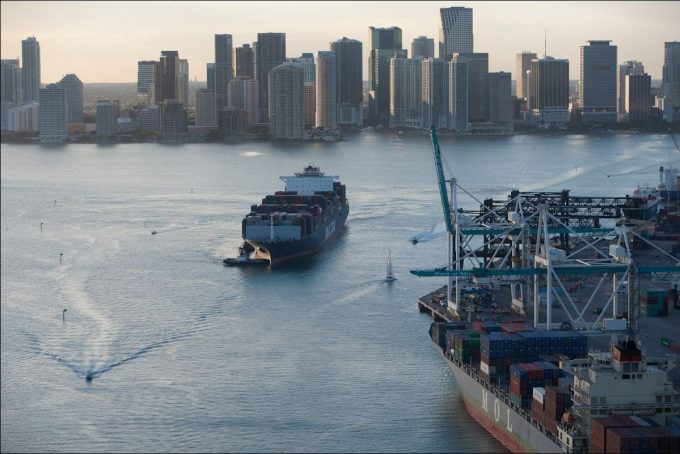Durban Pier 2 development 'delayed by misdirection'
Durban’s Pier 2, South Africa’s main container gateway, continues to be regularly beset by severe ...

Last month’s decision by the US Federal Maritime Commission to authorise two terminal operators in the port of Miami to create a “conference agreement”, allowing them common pricing and operational practices, paves the way for others to form alliances that mirror their shipping line customers.
The FMC commissioners agreed not to prevent the Miami Marine Terminal Conference Agreement taking effect on 31 December/
It allows two of the port’s three container terminals – Port of Miami Terminal Operating Company (Pomtoc) and South Florida ...
'Disastrous' DSV-Schenker merger would 'disrupt European haulage market'
New senior management for DSV as it readies for DB Schenker takeover
Volumes set to 'fall off a cliff' as US firms hit the brakes on sourcing and bookings
Asian exporters scramble for ships and boxes to beat 90-day tariff pause
Amazon pushes into LTL for small package fulfilment and UPS does a u-turn
Temporary tariff relief brings on early transpacific peak season
Pre-tariff rush of goods from US to China sees air rates soar, but not for long
'Tariff madness' will prompt renegotiation of ocean shipping contracts

Comment on this article